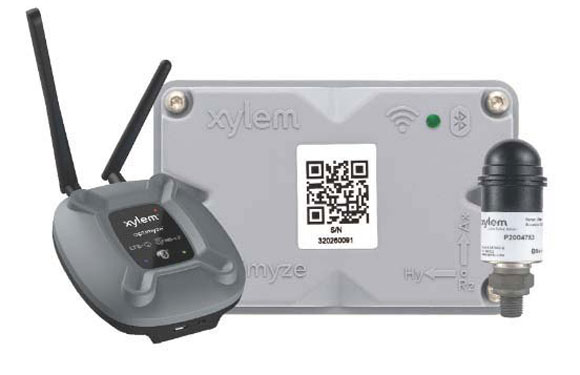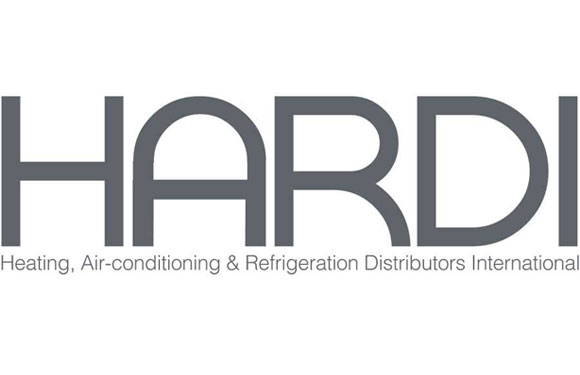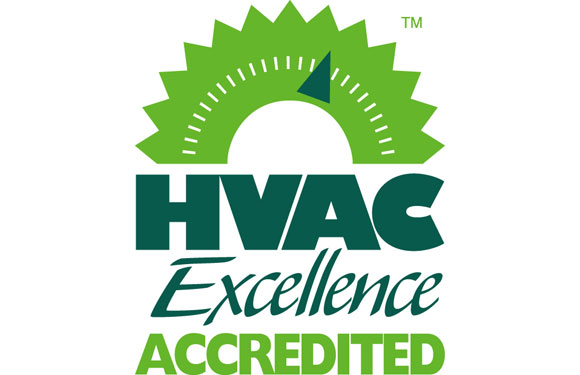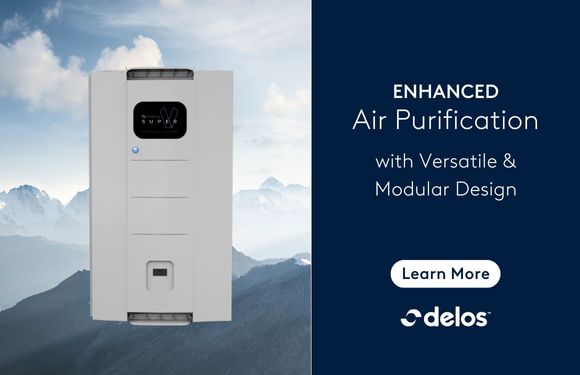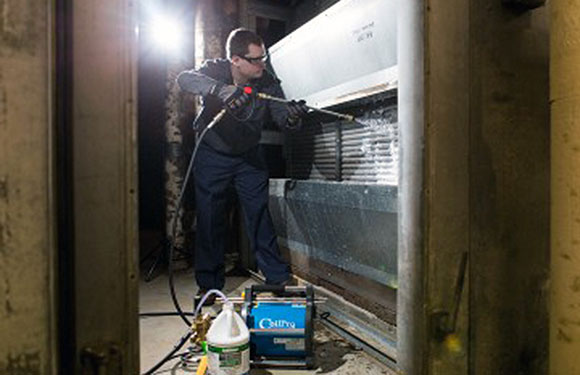By Devin Pellicone
HVAC systems have never received more widespread attention and media coverage than they have this year. As researchers determined that air transmission was a major factor in the spread of COVID-19, HVAC systems quickly became an area of intense discussion. Much of the news coverage from outlets like the New York Times, NPR, CNBC or USA Today focused on air filtration. HEPA and MERV have become acronyms that people recognize, and UV Light and Plasma Ionization air purifiers have almost become dinner table topics. The need for discussion and debate about these topics is evident. As we look to resume some resemblance of “normal life” we need to feel safe sharing spaces with other people.
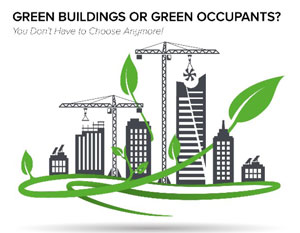 In the forefront of all of these discussions regarding air purification is the massively flawed assumption that we must recirculate a large amount of the air from a space to save energy. Most commercial HVAC systems only utilize 20% fresh air. That means that 80% of the air you are breathing in a public space has been on this ride before. The underlying principle here, from a thermodynamic perspective, is sound. I just spent a lot of energy (and $) conditioning this air for human comfort and now you want me to just throw it away?! In the name of all thing’s public health, yes, throw it away!
In the forefront of all of these discussions regarding air purification is the massively flawed assumption that we must recirculate a large amount of the air from a space to save energy. Most commercial HVAC systems only utilize 20% fresh air. That means that 80% of the air you are breathing in a public space has been on this ride before. The underlying principle here, from a thermodynamic perspective, is sound. I just spent a lot of energy (and $) conditioning this air for human comfort and now you want me to just throw it away?! In the name of all thing’s public health, yes, throw it away!
Now before you draft your eloquently worded hate mail, let me take a minute to explain why we think you can just throw away perfectly conditioned air AND still maintain a high level of energy consciousness. It’s true that it takes a large amount of energy to cool, dehumidify, and/or heat air so us humans can enjoy our time indoors in comfort. However, it is possible to exhaust ALL of the contaminated air from an occupied space and still conserve a large portion of the energy in that air. This can be done by passing the outside air (fresh air) and the exhaust air through separate heat exchangers where the energy can be transferred without the two air streams physically making contact. From a hygiene perspective, this process is ideal. Hospitals and industrial plants have been using one form or another of this technique for decades. The challenge for wider, commercial, adoption has been packaging restrictions of these systems and in a lot of cases the energy consumption of your supposedly energy-saving equipment.
Cue ACT’s award-winning energy recovery technology, the Pump-Assisted Split Loop Energy Recovery Heat Exchanger. This product recently won the AHR Expo 2021 Innovation Award in the highly competitive Green Building category. The magic of the technology relies in the efficiency of the boiling and condensation process. When harnessed properly, one can exchange huge amounts of energy between two air streams just by circulating a particular fluid from one system to the next. A major benefit of allowing the fluid to boil and condense around the loop is that it allows the system to operate passively, using just the forces of good ol’ fashion gravity.
As a fluid boils, a portion of the liquid is converted into vapor which naturally wants to rise. Once that vapor gives off its energy it condenses back into a liquid which naturally wants to fall. If you can provide a source of energy input for boiling and a source of energy removal for condensing you can create a naturally circulating loop that requires absolutely zero electrical energy to operate. In commercial HVAC systems the warmer air stream can be the source of energy input and the cooler air stream can be the source of energy removal. As the seasons change, the air that is exhausted from a space flips from being warmer than the outside air (in the winter for instance) to being the colder air stream (in the summer). This means that at some point during the year you lose your gravitational advantage so for the other half of the year, when you need to transfer energy in the opposite direction of gravity, ACT’s system uses a fractional horsepower pump (hence the “pump-assisted” part). The end result is a method of transferring large amounts of energy between two separated air streams with the least amount of total energy consumption, and with no cross-contamination. And because the fluid is circulated between the two air streams (either by gravity or by way of a small pump) this technology is highly geometrically flexible and customizable. With this product HVAC systems can take in 100% fresh, outside air and throw it all away without having to worry about being wasteful.
Most of the focus and efforts around improving HVAC systems have so far been centered too much on how we make old technology deal with new problems. These kinds of approaches are band-aids, at best, and often result is short-sighted solutions that never really advance the industry as a whole. ACT’s new product helps solve the problems of the “new normal” while moving the HVAC industry closer to that breath of fresh air we could all use right now.
About the Author
Devin Pellicone is the Lead Engineer of the Industrial Products Group at Advanced Cooling Technologies in Lancaster, PA. He has a B.S. in Mechanical Engineering from Temple University and an M.S. in Mechanical Engineering from Villanova University. He has over 10 years of experience designing and building both passive and active two-phase cooling systems for a wide range of applications. Specifically, he has led two-phase cooling programs ranging in power from 100 Watts to 100 kW for industries like high performance computing and power electronics cooling. Devin has been leading the development of ACT’s pumped-passive HVAC energy recovery products which have recently been awarded AHR’s Innovation Award in the prestigious Green Building category. He has 2 patents pending that are related to two-phase cooling products and he has authored or co-authored numerous conference and journal papers on the topic.



